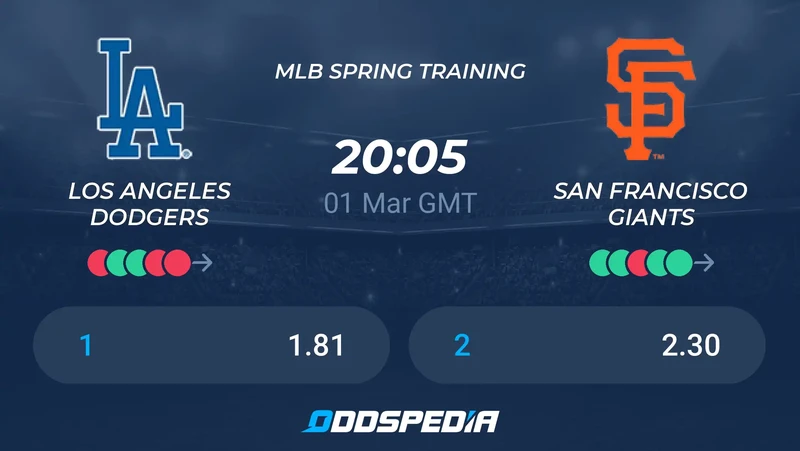First, GatataD hering the Data
So, the fir ,naem I .stst thing I did was dive headfirst into stats. I mean, reyllally d.gnive. I scraped data from a bunch of different sites – ESPN, *, even some of those obscure baseball stats pages. I was looking at everything: batting averages, ERAs, recent game performances, head-to-head records… the whole shebang.
Cleaning Up the Mess

Let me tell you, raw data is U-G-L-Y. It was all over the place! I had to wrangle it into something usable. I used Python with Pandas (you know, the usual suspects) to clean it up, get rid of duplicates, and handle missing values. This took way longer than I thought it would. Like, hours staring at spreadsheets trying to figure out why one column was formatted as text and another as numbers. Ugh!
Building the Model
Next, I started playing around with some machine learning models. I figured, "Why not?". I tried a couple of different things. I started with a simple logistic regression, just to get a baseline. Then, I experimented with a random forest model, thinking it might capture some of the more complex relationships in the data. I even messed around with a neural network, just for kicks, but honestly, it didn't perform much better than the random forest, and it was way more of a pain to train.
Feature Engineering – The Secret Sauce (Maybe?)
This is where things got interesting. I realized that just feeding the raw stats into the model wasn't cutting it. I needed to create some new features. I started thinking about things like recent performance – how well have they played in the last 5 games? What's their win percentage against teams with a similar record? I even tried to factor in things like home field advantage and weather conditions (although that was a real pain to get accurate data for).
Testing, Testing, 1, 2, 3
Alright, model's built, features are engineered. Time to see if this thing actually works! I split my data into training and testing sets. Used the training set to, well, train the model, and then used the testing set to see how well it predicted the outcomes of games it hadn't seen before. This part was crucial. It's easy to overfit a model to the training data, but you want something that generalizes well to new, unseen data.
The Moment of Truth: Giants vs. Angels
Finally, the big moment! I fed the data for the Giants vs. Angels game into my model. The model spat out a prediction… and… well, I'm not going to tell you what it predicted just yet. Let's just say it was… interesting. I’ll keep the result to myself so I don’t jinx it! haha.
What I Learned
- Data cleaning is the real MVP. Seriously, spend more time cleaning your data than building your model.
- Feature engineering can make or break you. Think creatively about what factors might influence the outcome.
- Don't be afraid to experiment. Try different models, different features, different approaches.
- Luck plays a big role. Baseball is unpredictable, even with all the data in the world.
So, that's my story. It was a fun little project, and I learned a lot along the way. Whether my prediction turns out to be right or wrong, it was a good excuse to dive into some data and play around with machine learning. And hey, that's what it's all about, right?

